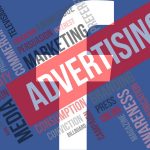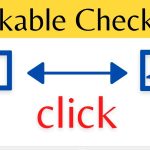In this article, we’ll look at 5 factors of effective advertising on Facebook. You know that millions of people use Facebook daily! That’s why the conversion rate of CTR increased from 0.5% to 0.9%. Advertising on Facebook has become more effective, but not for everyone: many target the audience by interests, demographic data, geography, create beautiful advertising models and write texts, but clients do not. What are they doing wrong and what should be done to make the advertisement work.
Factor 1: Strong offer
The principle works in any advertising: if you have a strong proposal, your advertising on Facebook campaign will pay for itself sooner.
Here are two campaigns for selling T-shirts …
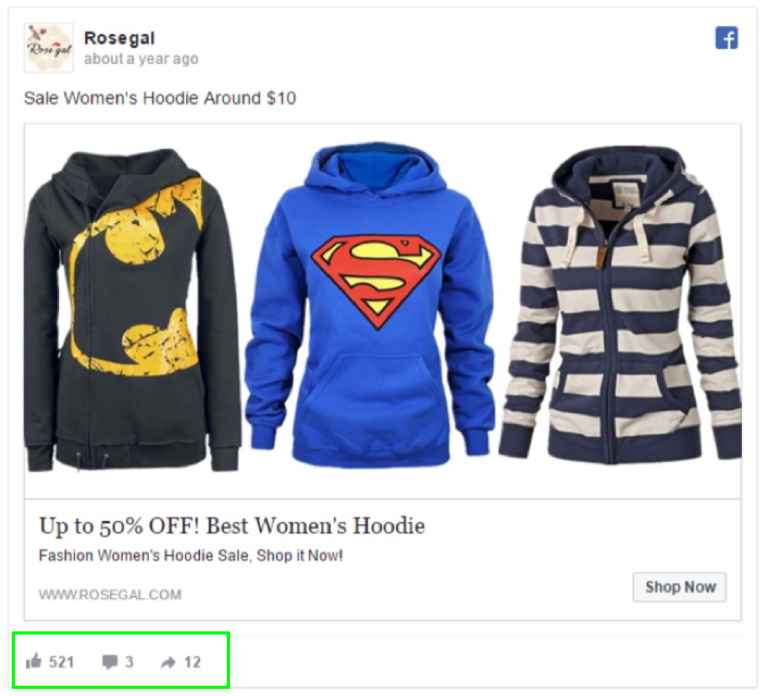
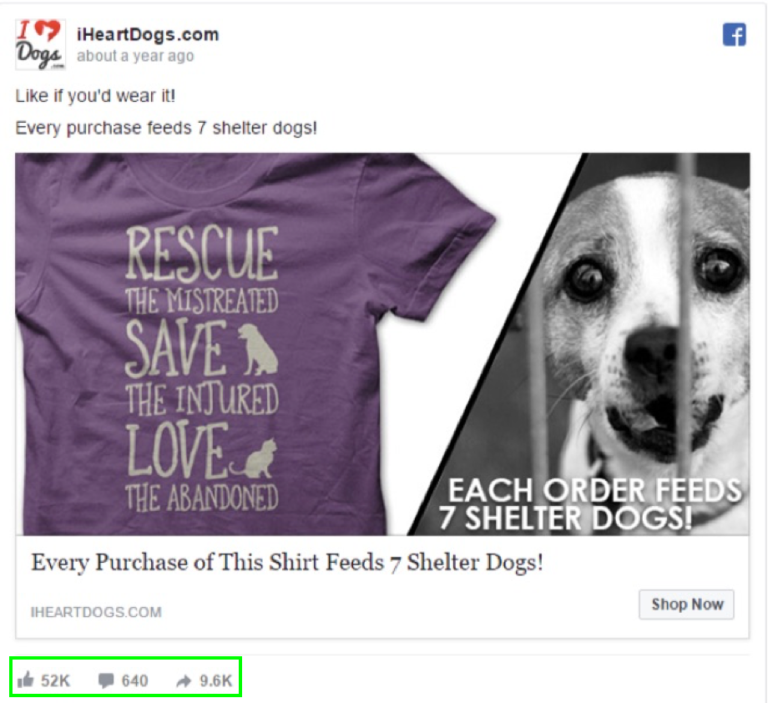
Both suggestions are good in their own way, but the second is better: you not only buy a T-shirt, but also save dogs. Moreover, the idea of saving unfortunate dogs in this case will prevail over the idea of buying.
It is not necessary to develop charitable actions; it is enough to single out your proposal with an interesting detail. In the example above, the buying initiative comes from the buyer – the desire to benefit. Try in your next campaign to approach the purchase outside the box, without free shipping and seasonal sales.
SaaS companies selling software as a service use a similar approach. They provide a trial period, share cases, form loyalty. Before you sell your service, they help the buyer see its product advantages and make a decision.
You may also like to read: 5 Factors Of Effective Advertising On Facebook
A few tips to help you develop an attractive offer …
Read the literature
Books on psychology and advertising … “Psychology of Influence” shows in action six types of persuasion: exchange, commitment, social proof, authority, sympathy and deficit.
The books “My life in advertising” and “Scientific advertising” lay the fundamental foundations of the advertising business.
The book “Ogilvy on Advertising” gives examples of projects, ideas, sometimes unsuccessful decisions in advertising. Advertising is psychology in motion. The better you understand it, the better your decisions will be. The experience of the authors is applicable in Facebook.
Watch your competitors
Analyze advertising on Facebook campaigns and actions of competitors, and then take and create something much cooler.


So, for example, Burger King, McDonald’s and Vendis arrive. They constantly spy on social networks of each other, take on the arsenal of others’ most popular offers and on their basis create their own improved offer.
You may also like to read: How to Use Local Facebook Advertising for Your Business
Factor 2: Measure sales, not just husky
All the sense in sales. More sales – higher profitability. Likes and scarves cannot be monitored separately from sales. If your campaign has a lot of likes, you create a false sense of work done. Like does not talk about the effectiveness of the campaign.
Mistaken opinion: “since the people are husky, they are involved. We need to wait a little, increase the campaign budget, and sales will go up. “So money is lost: huskies and shiers reveal the strengths and weaknesses of an advertising on Facebook campaign, but are meaningless without a sales indicator.
Likes and shirts are important as long as you track sales. With zero sales, a thousand likes do not matter. If the campaign does not work, stop it and find out what’s wrong. The problem may be the text of the campaign, the lending, the audience.
You will start losing if you stop tracking the campaign. Even if sales go, you need to track where and when they came from. Collect and process data, determine what works and what does not. Without the system, you will lose money and time.

The above is a common error. It seems there is traffic on the Internet and money is repulsed, but offline expenses are not taken into account. As a result, the advertiser goes into negative.
You may also like to read: Instant Articles and Advertising: Facebook Wins Three Times
Factor 3: Build a campaign
Successful advertising campaigns are built gradually, nothing is created at once. There is no such thing that advertising in advance is doomed to success or failure. Success or failure depends on how well you know your buyer. To build an effective advertising on Facebook campaign will help testing and optimization.
Here are some practical tips on how to optimize advertising on Facebook …
Split the campaign into elements
Analyze the campaign in stages – from simple to complex. The breakdown will simplify the optimization: you test each element individually, rather than the entire campaign.
What elements can you test …
Layout: Drawing, text, heading, call-to-action, value proposition.
Targeting: City, interests, age, gender, family status, level of education.
Miscellaneous: Landing page, placement and type of advertising, the purpose of the campaign.
Follow a common goal
Your campaign has a specific goal that should be relevant to the market. The optimization of the elements should be aimed at achieving this goal. Without a goal, it will turn out to be a disagreement: the campaign looks neat, but does not meet the demands of the market.
Free consciousness
How to know in advance which layout is better? No way!
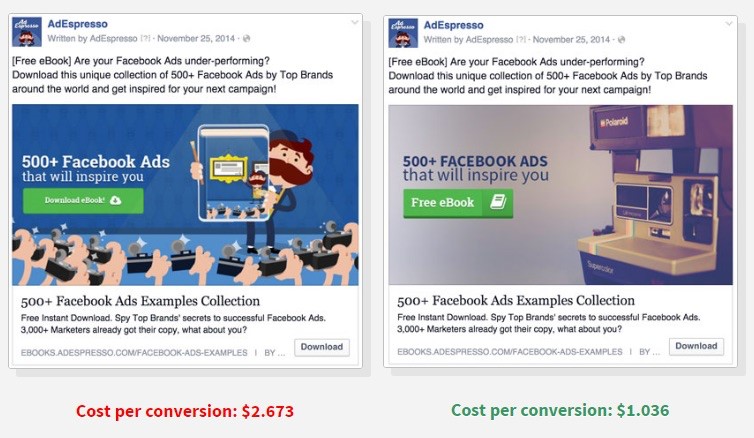
You can analyze what emotions and feelings each picture should call, or evaluate how much the text and the picture are interrelated. But the truth is that you cannot know in advance which of the mock-ups is better. The guys from AdEspresso thought that the left version was more successful than the right one, but they were mistaken.
Test, do not assume anything. When you test an advertising on Facebook campaign, your opinion does not matter. The sense of testing is to look at your work from the outside. The results may shock you, but they will tell you a lot of important and useful information about your audience.
You may also like to read: 5 Facebook Marketing Tips To Promote A Local Business
Factor 4: LTV is much more important than you think
 LTV (Lifetime Value) is the aggregate profit of the company, received from one client for all time of cooperation with it. However, short-term benefits often interfere with long-term planning.
LTV (Lifetime Value) is the aggregate profit of the company, received from one client for all time of cooperation with it. However, short-term benefits often interfere with long-term planning.
Suppose you sell a product for $200. Primary attraction of the buyer costs $300. It seems stupid: the loss from the customer is $100. But then you calculated that LTV was $1000. In this case, the attraction for $300 does not look so bad. You lose in the beginning, but earn in the future.
LTV is one of the factors that is often not taken into account when planning advertising on Facebook, since the advertiser is focused on short-term benefits. To get the full value from Facebook advertising, you need to estimate all the prospective profits that the client will bring in the future.
You may also like to read: 5 Facebook Marketing Tips To Promote A Local Business
Factor 5: Set an adequate goal
To run a successful campaign on Facebook, you need to understand the difference between the goal, the task and the result.
 The goal: What you want from the client. The goal is controlled by you, but should be directed at your client. Everything that does not belong to the goal, you discard.
The goal: What you want from the client. The goal is controlled by you, but should be directed at your client. Everything that does not belong to the goal, you discard.
Tasks: Concrete steps of how you will achieve the goal. Tasks serve the purpose and answer the question “How to achieve this?” The goal can be achieved by different tasks.
The result: It is the desired effect, what the goal should lead to. The result is not controlled by you, so you cannot start from it. The result is often confused with a goal.
Let’s say you sell women’s bags. This is a big market, the supply exceeds demand, the buyer does not know what to choose from.
Purpose: To help the client pick up a women’s bag.
Tasks can be …
- Tell about the types of bags: purse, shoulder, backpack.
- Explain what type is suitable for dating, and what kind of sport.
- Help to solve problems with each type of bags.
Result: The customer will buy (or will not buy) your bag.
The goal comes from the world of your client. You try to help the customer pick up a bag – it’s in your power.
You also control tasks. On the types of bags you can tell in different ways: in a blog, ezine, campaign of advertising on Facebook, personally to a person. If you formulate the task as “Tell about bags in Facebook”, you will immediately cut off other options. Do not put the tool in advance to solve the problem: you risk weeding out other, more profitable options. Tasks, like the goal, you control.
But you do not control the result: the client may not see your advertising on Facebook campaign, may have an ad blocker, may not up to you right now. The result is always unpredictable, because it depends on the mass of factors that you do not control. You help the customer choose a bag, but you do not know if he will buy it or not.
The fact that you cannot control the result is normal. Focus on what you can control – on an adequate goal and adequate tasks. You will have more chances to achieve the desired result.
Often the goal is wrong: “Sell 100 bags through Facebook.” To sell 100 bags through Facebook is a fantasy, an attempt to control the result. This is an inadequate goal, because it is aimed at the seller himself, and not at his buyer, and a tool (Facebook) is included in the task.
Even if you sell 100 bags, you’ll never know if you could sell more. If you cannot sell 100 bags, you will start working harder, but not more inventive. You will lose time, money and nerves.


